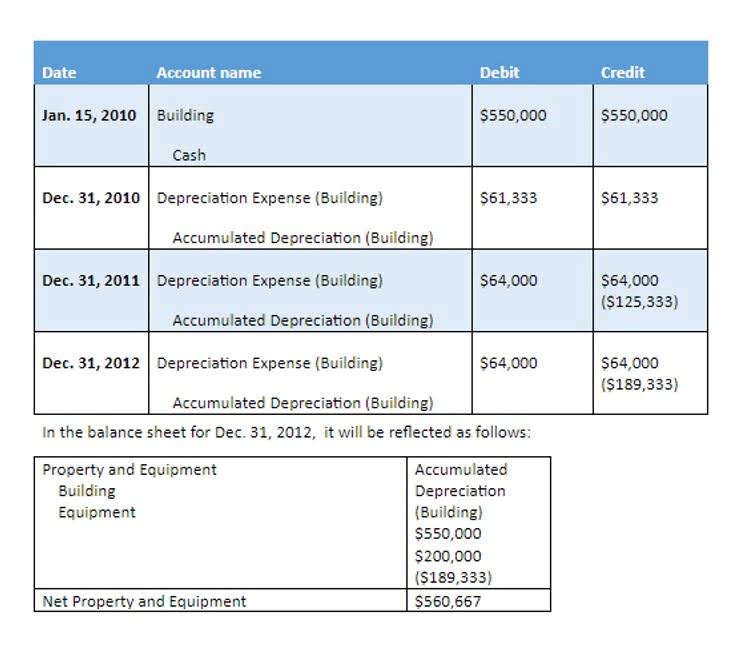
A company’s organization chart can serve as the outline for its accounting chart of accounts. For example, if a company divides its law firm chart of accounts business into ten departments (production, marketing, human resources, etc.), each department will likely be accountable for its own expenses (salaries, supplies, phone, etc.). Each department will have its own phone expense account, its own salaries expense, etc. A well-designed chart of accounts should separate out all the company’s most important accounts, and make it easy to figure out which transactions get recorded in which account.
Income accounts

This sample chart of accounts structure allows the business to easily identify accounts and account codes enabling transactions to be posted and the trial balance and financial statements to be prepared. It is a good idea to customize your COA to suit your business needs in a way that makes sense to you.Incorporating accounting software into your everyday business operations can only make organizing your accounts easier. FreshBooks will help you stay organized with a user-friendly interface that keeps things simple. Similar to a chart of accounts, an accounting template can give you a clear picture of your business’s financial information at a glance. Utilizing accounting tools like these will ensure a better workflow, helping you grow your company.
Chart of Accounts for Small Business Template
- Let’s say that in the middle of the year Doris realizes her orthodontics business is spending a lot more money on plaster, because her new hire keeps getting the water to powder ratio wrong when mixing it.
- Let’s say you sell an asset – not including inventory – for greater than that asset’s book value.
- These could include accounts like COGS, depreciation on fixed assets, sales returns, common stock, and others that small business owners might not need, at least in such detail.
- Every business is unique; therefore, every business owner needs access to different information.
- Think of your chart of accounts as a roadmap across your operations, indexing all of your different financial accounts in an organized, consumable way.
- Below, we’ll discuss why a chart of accounts is so important for your small business; how to make a chart of accounts, and some common account types.
If you’re using the accounting software QuickBooks, you won’t typically need to edit or make changes to the chart of accounts, as the program has customized accounts. However, if you do find yourself needing to make changes, QuickBooks provides a step-by-step rundown as well as an instructional video of how to do so. Making duplicate categories or accidentally filing an expense in the wrong category are common bookkeeping mistakes.
Operating Revenue Accounts
Understand Your Earnings – Gain detailed insights into your business revenue, including peaks and valleys in cash inflows, cash in hand for disposal, and how long the cash balance will last after considering your average monthly business expenses. COA is not the same across all industry verticals; however, there are some basic categories that you include while setting up a chart of accounts. Candlestick’s owner calculates that his advisory services are worth $200,000 to the firm.

Subcategories Allow Similar Transactions To Be Combined
If it becomes too crowded, it’s incredibly easy to get confused regarding what money goes where. When creating your accounting system, you should only use clearly defined accounts in your COA that help you understand your business from a birdseye view. The account names will depend on your type of business, but the classification and grouping should be similar to this example chart of accounts for small business.
Easy-To-Use Platform

You should ask yourself, what do I want to track in my business and how do I want to organize this information? For example, we often suggest our clients break down their sales by revenue stream rather than just lumping all sales in a Revenue category. By doing so, you can easily understand what products or services are generating the most revenue in your business. If you create too many categories in your chart of account, you can make your entire financial reports difficult to read and analyze. Therefore, you need to find the right balance between, creating a chart of accounts that organizes transactions in broad categories and provides the level of detail you need in order to make informed business QuickBooks decisions.

The main account types include Revenue, Expenses, Assets, Liabilities, and Equity. Some of the most common types of revenue or income accounts include sales, rental, and dividend income. This aggregated information is adequate for creating income statements, cash flow statements, and balance sheets, providing a complete picture of your business’s financial health.
Small Company COA Identifier Numbering
To use the template, compare the Accounts (listed in Column A) with the types of assets, liabilities, income, and expenses typically encountered by the firm. Firm owners can then add or delete bookkeeping and payroll services any rows to customize the list as needed. For example, if the firm has a fee-only business model and does not accept compensation from commissions, the Security Commissions and Insurance Commissions accounts would not be necessary. Firm owners each have individual preferences, so they need a framework for building their Chart of Accounts that helps them decide which items to track individually and which to group with others.
- If necessary, you may include additional categories that are relevant to your business.
- Below, we’ll go over what the accounting chart of accounts is, what it looks like, and why it’s so important for your business.
- The chart of accounts often abbreviated to COA, is the foundation of the double entry bookkeeping system for a small startup business.
- By defining account categories, assigning account numbers, and customizing the COA to suit your business’s needs, you can create a robust accounting framework that supports effective financial management.
This framework depends on the areas of the firm the owner wants to scrutinize, which data can provide insight into those areas, and how the data can inform the owner to take action to make their firm better. An additional consideration is that the accounting categories should align with the types of business expenses found on the business’ (or the business owners’) tax returns. Accordingly, a well-designed Chart of Accounts should have categories that can easily map to those on Schedule C (for sole proprietors), Form 1065 (for partnerships), or Form 1120-S (for S corporation owners). A chart of accounts helps small business owners keep their financial transactions organized, and it provides a snapshot of the company’s financial standing. Although most decent accounting software packages will generate and maintain these identifying numbers for you, it’s still a good idea to have a solid understanding of the underlying system.